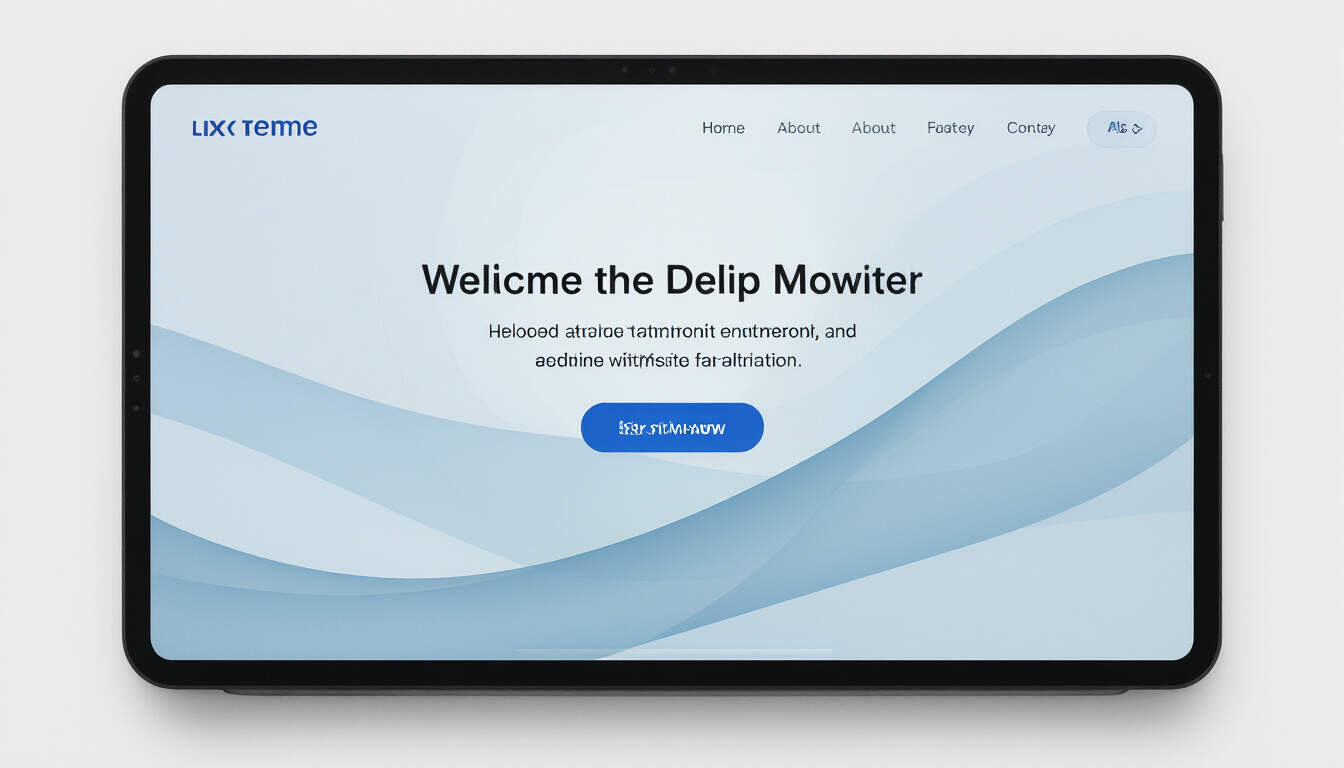Benefits of Single-Page Applications in Solo SaaS
 by Marlene Keeling
by Marlene Keeling
Single-page applications offer key advantages for solo SaaS developers, including improved speed and user engagement. This article explores how SPAs enhance performance, simplify development, and provide real-world value for independent creators.

Single-page applications represent a modern approach to building web apps where content updates dynamically without full page reloads. This method suits solo SaaS developers by streamlining the creation process.
Why Choose Single-Page Applications for Solo SaaS?
One primary advantage is the enhanced user experience. Users enjoy seamless interactions as pages load quickly and transitions feel natural. For instance, in a solo-built project management tool, switching views happens instantly, keeping users focused.
Performance improvements are another key factor. By loading all necessary resources at once, SPAs reduce server requests, leading to faster overall speeds. A solo developer working on a CRM system can see immediate benefits in handling multiple user sessions efficiently.
In terms of development efficiency, SPAs allow for easier code maintenance. With a single codebase, updates become straightforward, which is ideal for independent creators managing everything alone.
Practical Advice for Implementing SPAs
To start, consider frameworks like React or Vue, which provide tools for building responsive interfaces. Begin by setting up a basic structure: first, create the main entry point, then add components for different features.
Real-world examples show how this works. Take a subscription-based analytics dashboard; using an SPA, developers can update data visualizations in real time without disrupting the flow, making the app more reliable for clients.
Step-by-step, here's how to build a simple SPA:
- Set up your environment with Node.js and a chosen framework.
- Design the user interface using modular components.
- Implement routing to handle different views within the app.
- Test interactions to ensure smooth functionality.
- Deploy the app to a hosting service for accessibility.
These steps help avoid common issues and promote best practices.
Real-World Examples and Case Studies
Consider a solo entrepreneur developing an e-commerce platform. By adopting an SPA, they achieved quicker load times, resulting in higher customer retention. Before, users faced delays; after, the app responded instantly to inputs.
Another example involves a freelance tool for time tracking. The developer integrated SPA features to allow real-time updates, which improved accuracy and user satisfaction without needing complex backend changes.
Addressing Potential Drawbacks
While benefits are clear, SPAs can sometimes face challenges like initial load times if not optimized. Solo developers should focus on minimizing this by using code splitting techniques, where larger files are broken into smaller, on-demand pieces.
Security is also important. Ensure that data handling follows standard protocols to protect user information, especially in SaaS environments where privacy matters.
Conclusion
Overall, embracing single-page applications can transform how solo SaaS projects are built and maintained. The advantages in speed, user engagement, and efficiency make them a smart choice for independent developers. By applying the advice here, creators can build more effective apps that stand out in the market.
Through careful planning and practical implementation, SPAs continue to offer value for those working alone in software development.
